Have you read many comics with Deaf characters using sign language? How about queer characters and environmental themes? Kay O’Neill is a New Zealand cartoonist creating award-winning comics, and today Auckland cartoonist and illustrator Eddie Monotone interviews them for us.
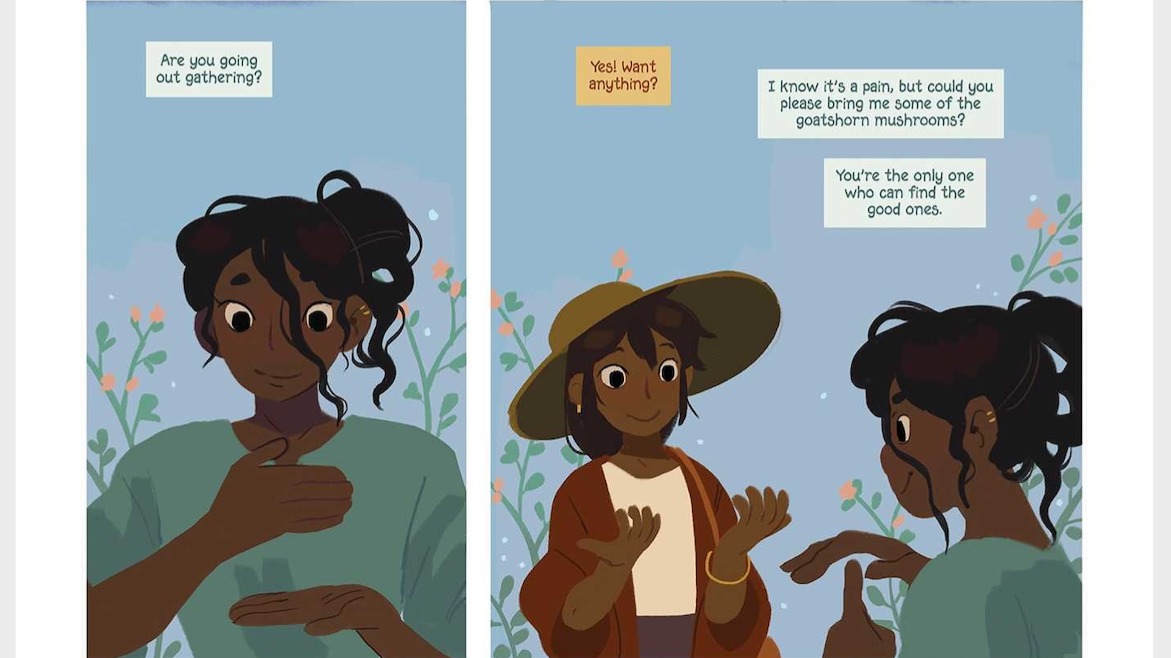
Kay O’Neill may be one of New Zealand’s most underrated cartoonists. Despite being a multiple award winner with internationally published, well-received books, they don’t get talked about here at home as much as you think this would mean. Which is a shame, because Kay’s books are neat.
Kay’s most recent book, The Tea Dragon Festival, is a good example of what makes their work so great. The story is wistful and gentle, presented in clear, open illustrations that look like they could be still frames from an animated feature. The characters are kind to each other, and so is the story itself. It’s nice, but that’s not to say that it’s bland – rather that it isn’t cruel or cynical.
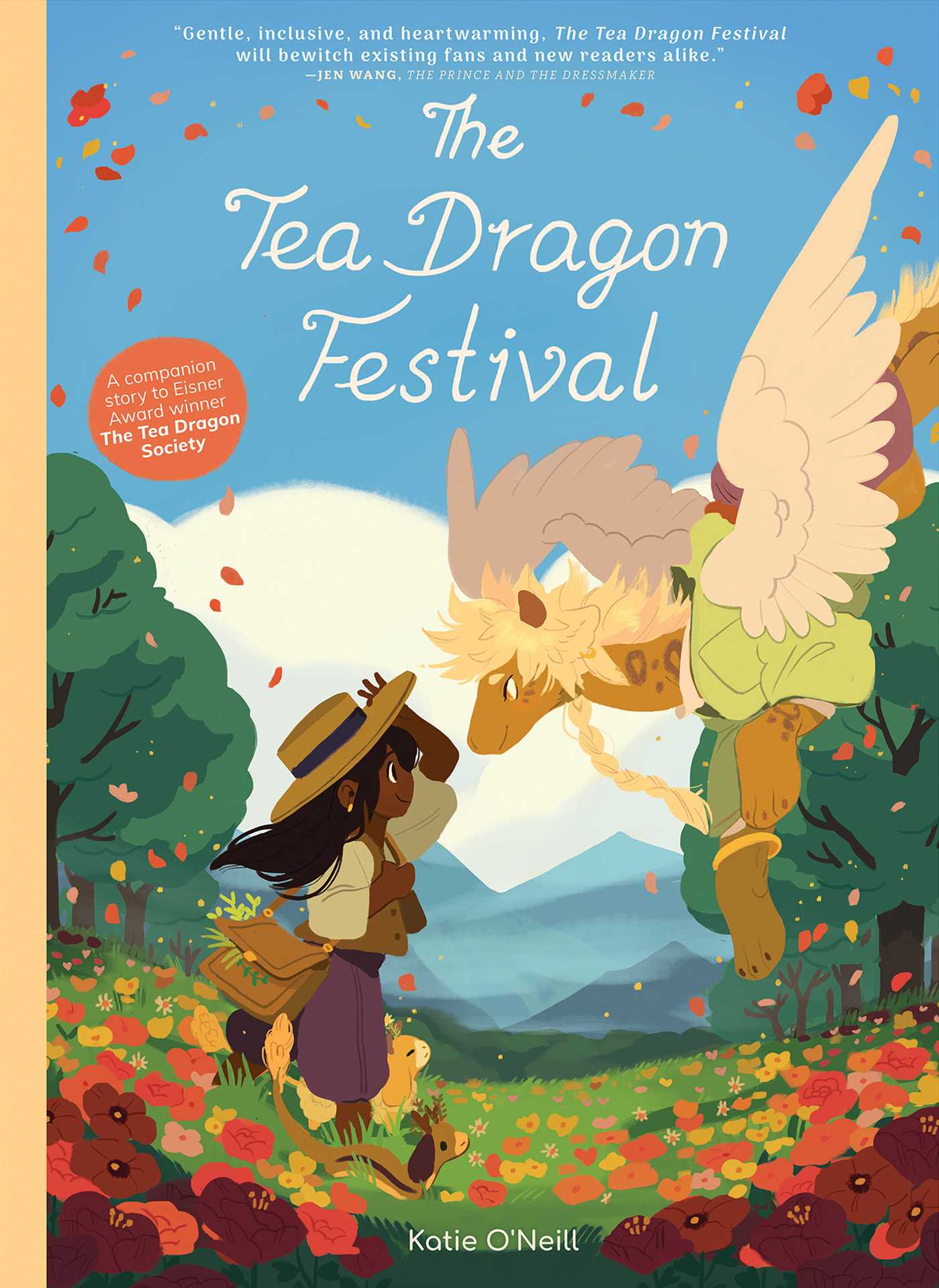
The Tea Dragon Festival is a follow-up or companion to 2017’s The Tea Dragon Society, which won a huge swag of awards: two Eisner Awards (Best Publication for Kids (ages 9–12) and Best Webcomic); the Dwayne McDuffie Award for Kids’ Comics; and the Harvey Award (Best Children or Young Adult Book). It also made Amazon.com’s 2017 Best Comics & Graphic Novels list, the School Library Journal’s Top 10 Graphic Novels list in 2017, and the ALA Rainbow List of 2018. Winning an Eisner is about as prestigious as comics recognition gets, so to grab two, along with those other accolades, is a big deal.
Whether they come from the same world like the Tea Dragon stories, or stand alone like last year’s Aquicorn Cove, Kay’s stories share a common kind of setting. They tend to take place in warm fantasy worlds, where human development has happened alongside magical creatures that are impossible but familiar. It’s a brand of fantasy that seems to have one foot in European fairy tales and the other in Pokémon.
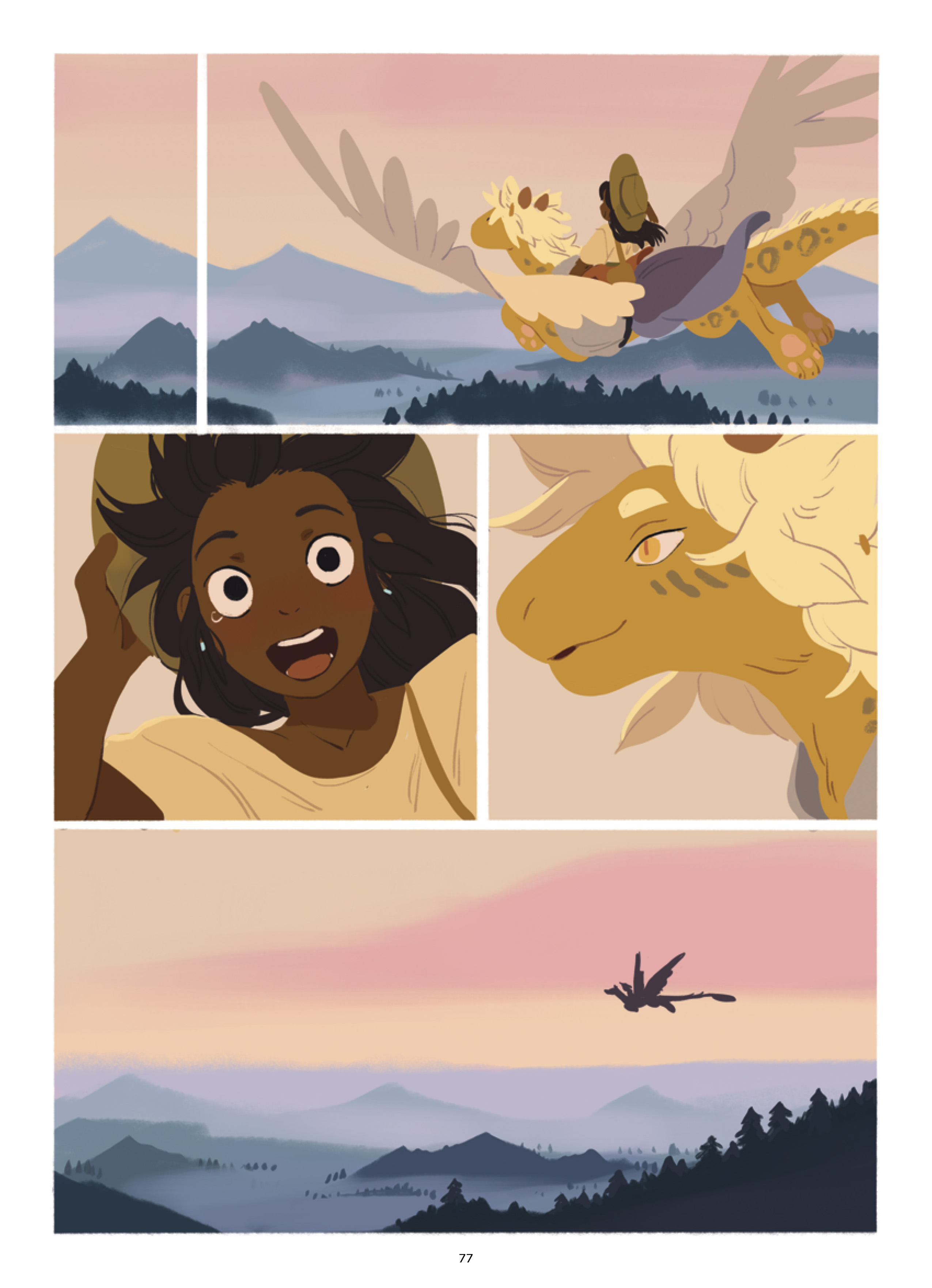
When I asked Kay about their influences they agreed that cartoons played a big part. ‘Animation would definitely have been a huge influence, from the Disney films I loved to the first time I ever saw an extended plot-line animated in a children’s show, which was the anime Cardcaptor Sakura. That show especially was incredibly influential for me – seeing so many different ideas coming together over the course of a season, and seeing the characters grow and change, while still definitely being intended for my age range of 10-12 or so. Things that happened in one episode would impact the next and come up again and again throughout the series – it was so different from the ‘reset every episode’ style that I was used to, which is more common in western animation. A little later on I saw my first Studio Ghibli film, Spirited Away, and like many artists immediately fell in love with the work of the studio.’ Kay’s manga and anime influences become clear when you look at the way they tell their stories on the page.
One technique that Kay uses prominently to establish time, place and in some cases character relationships is to use periods of ‘silent’ storytelling – sections without dialogue, narration or any other text on the page, that let the images do the heavy lifting for a while.
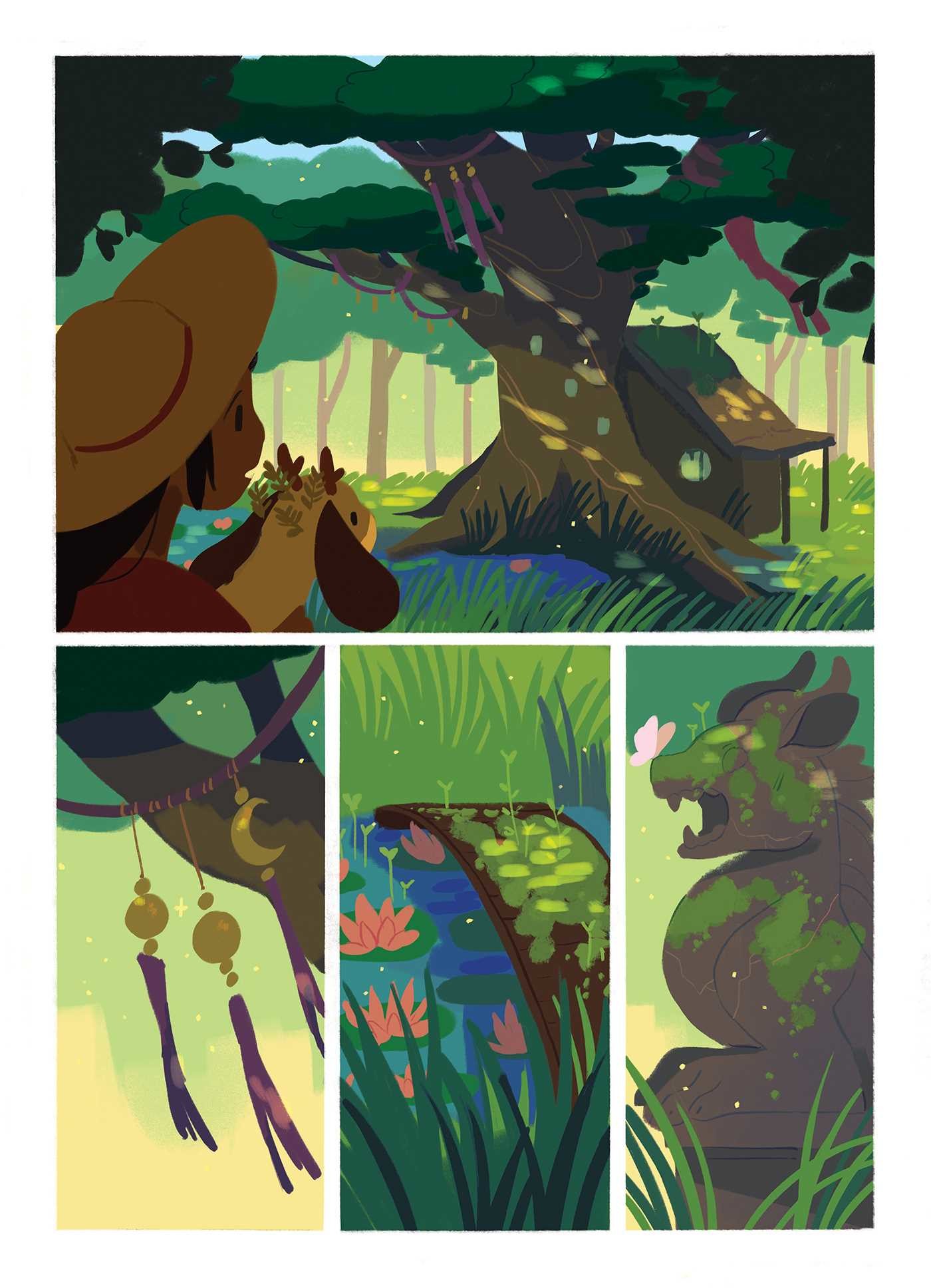
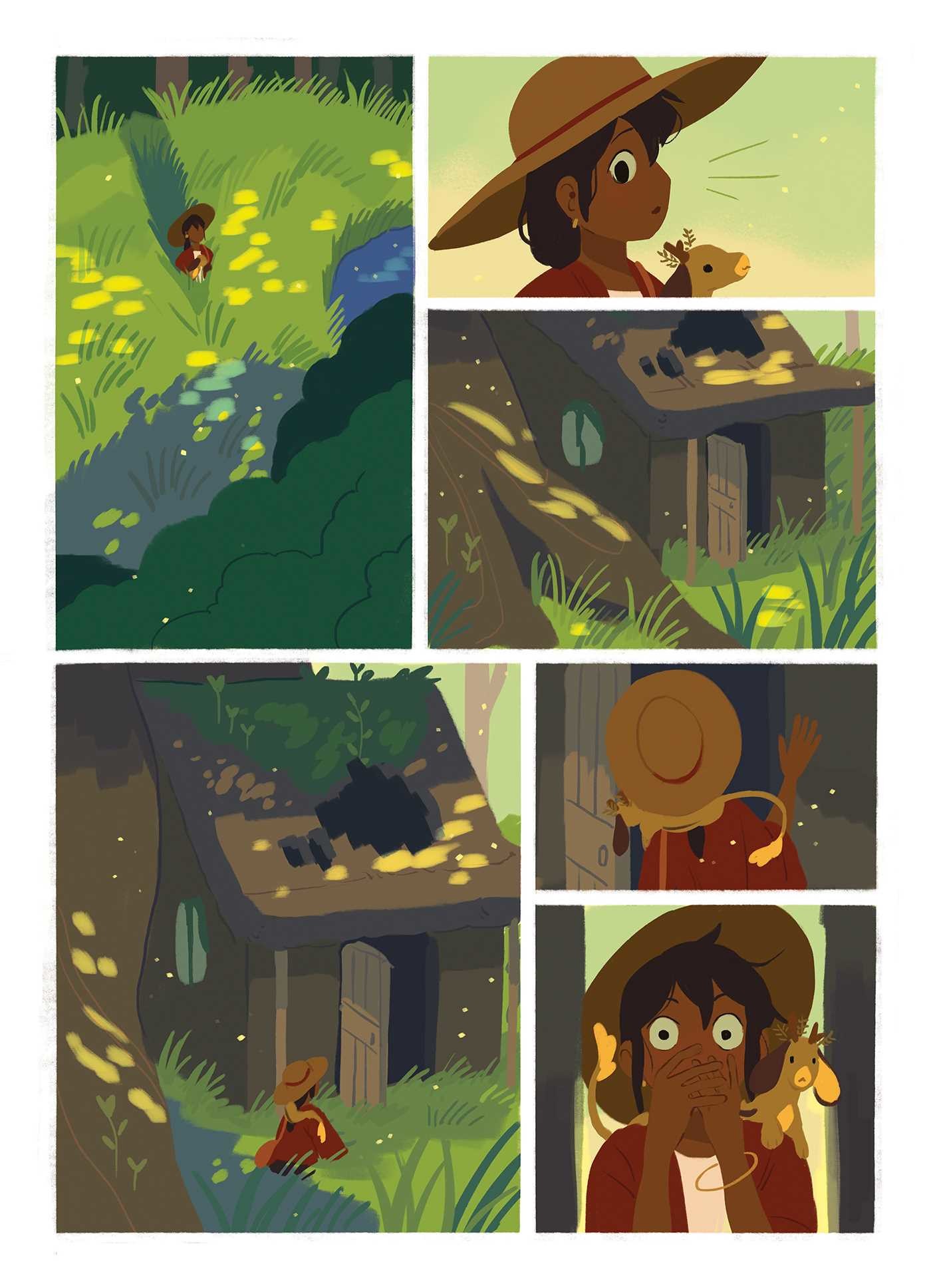
These silent sections can sometimes last several pages, which is common in manga but traditionally rare in American comics. They give the stories space to breathe, to take stock and look around rather than leap headlong into the next narrative beat. The silent sequences aren’t lulls between pieces of the story though – they are as much the story as the bits where characters talk. This means that readers, especially young ones or those who are new to comics, are presented with a story where the images aren’t subordinate to the text on the page.
This isn’t prose with pictures behind it, this is a story that is inextricably woven from words and pictures working together. It’s comics, showing off what comics can do. ‘For me, drawing and storytelling have always been hand in hand,’ Kay says. ‘Even when I was a kid drawing characters from TV shows or made-up creatures, I always thought about what they’d say or do or how they’d interact with others. Outside of stodgy school art curriculums, I don’t think I ever sat down and drew from life when I was very young – it was all about getting the ideas in my head out on the page.’
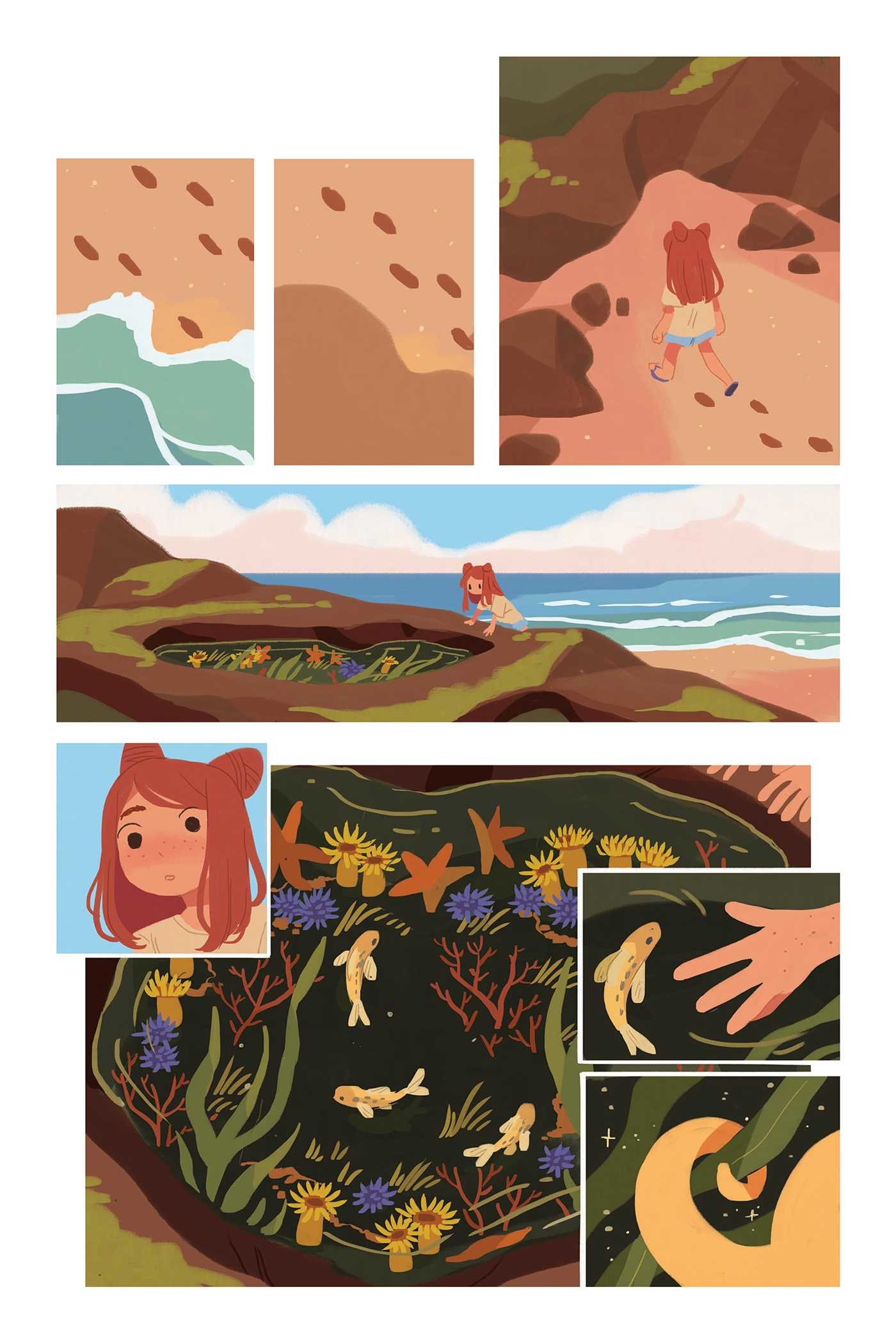
There are a couple of themes that I’ve noticed recurring in Kay’s books. The first is a concern with nature and ecological sustainability, the harmony between people and the environment, whether that’s the relationship between people and tea dragons, or the very real impact of overfishing we see in Aquicorn Cove.
‘Conservation and finding harmony with nature is one of those things that to me, is so important that it can’t not be part of what I make,’ Kay says. ‘In Aquicorn Cove it became more of a main focus, but I hope that environmental responsibility is something that all of my work encourages.’
The way Kay presents these environments and the challenge of balancing nature with industrialisation and capitalism is fictional, fantastical, but close enough to home that they serve as effective allegories. Kids don’t need to have real dragons in their garden to see that concreting over it would be a shame.
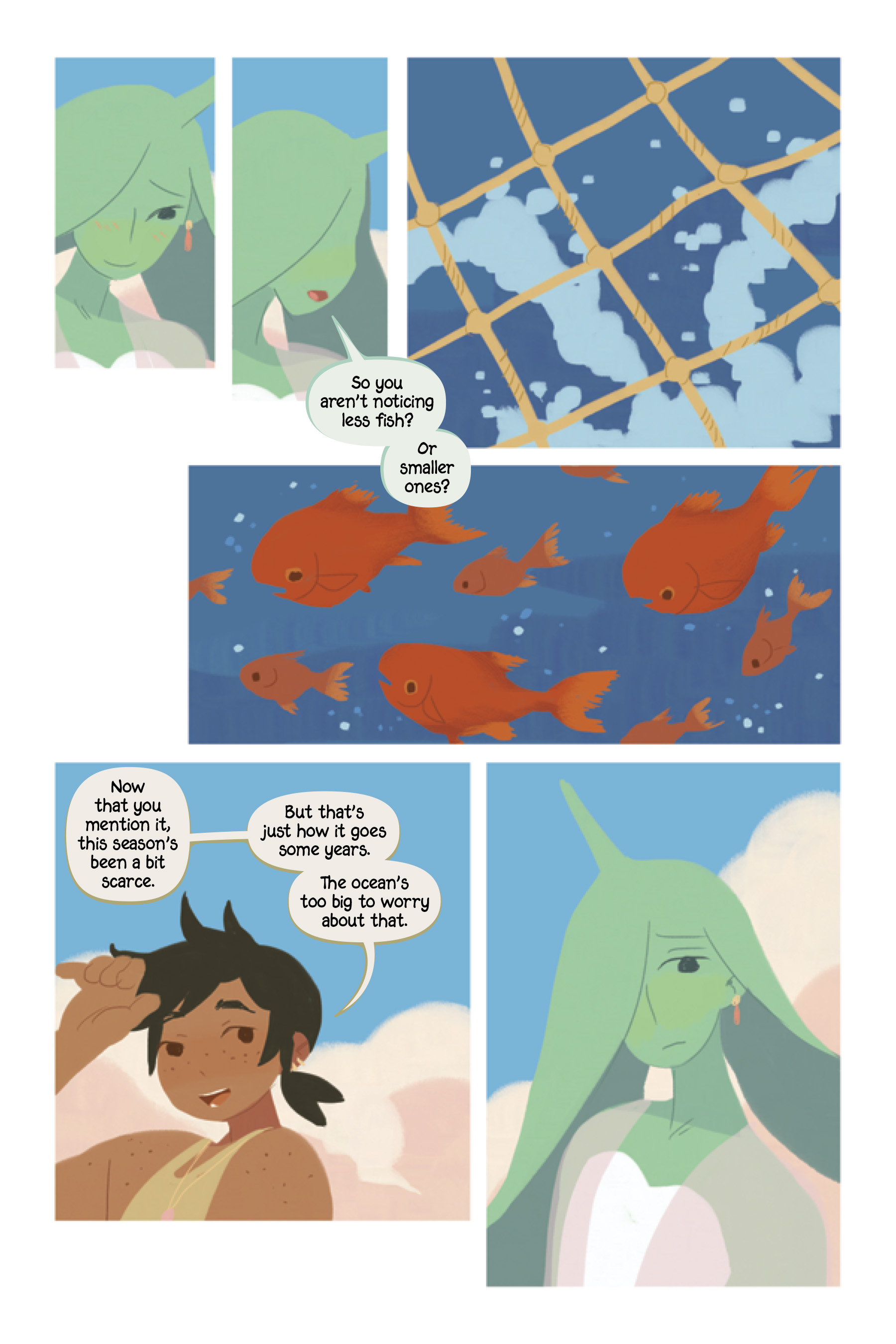
The second theme that comes up in Kay’s books is queer relationships that are stable and happy, rather than being the hook of the narrative drama. Characters’ queerness is a core part of who they are, but it’s not necessarily the driving force of their story. “The themes you mentioned are probably the ones that come most naturally to me,” Kay says. “They’re kind of an intrinsic part of my own being, so even if the story isn’t necessarily about them, they usually bubble up inherently when I’m writing. With the queer relationships, the characters have other things going on, so often being in a queer romance is just part of their life. Stories explicitly about personal drama and potential difficulty of queer relationships are really important too, but I think my own personal experiences make me better suited for writing stories where being queer is just a natural part of life, and it’s definitely important for kids to read stories like that as well.”
This low-key inclusiveness isn’t limited to sexual orientation. Kay’s books include racially diverse characters, gender-neutral pronouns, characters with disabilities, and deaf characters, all done with a casual ease that says: this isn’t what the story is about, this is just the world.
I particularly like the way that sign language is worked into The Tea Dragon Festival. Characters move between American Sign Language and spoken English with ease, and the way Kay (along with letterer Crank! and designer Kate Z Stone) have set out the dialogue means that it’s always clear what language characters use without it getting in the way of the story, whether the reader signs or not.
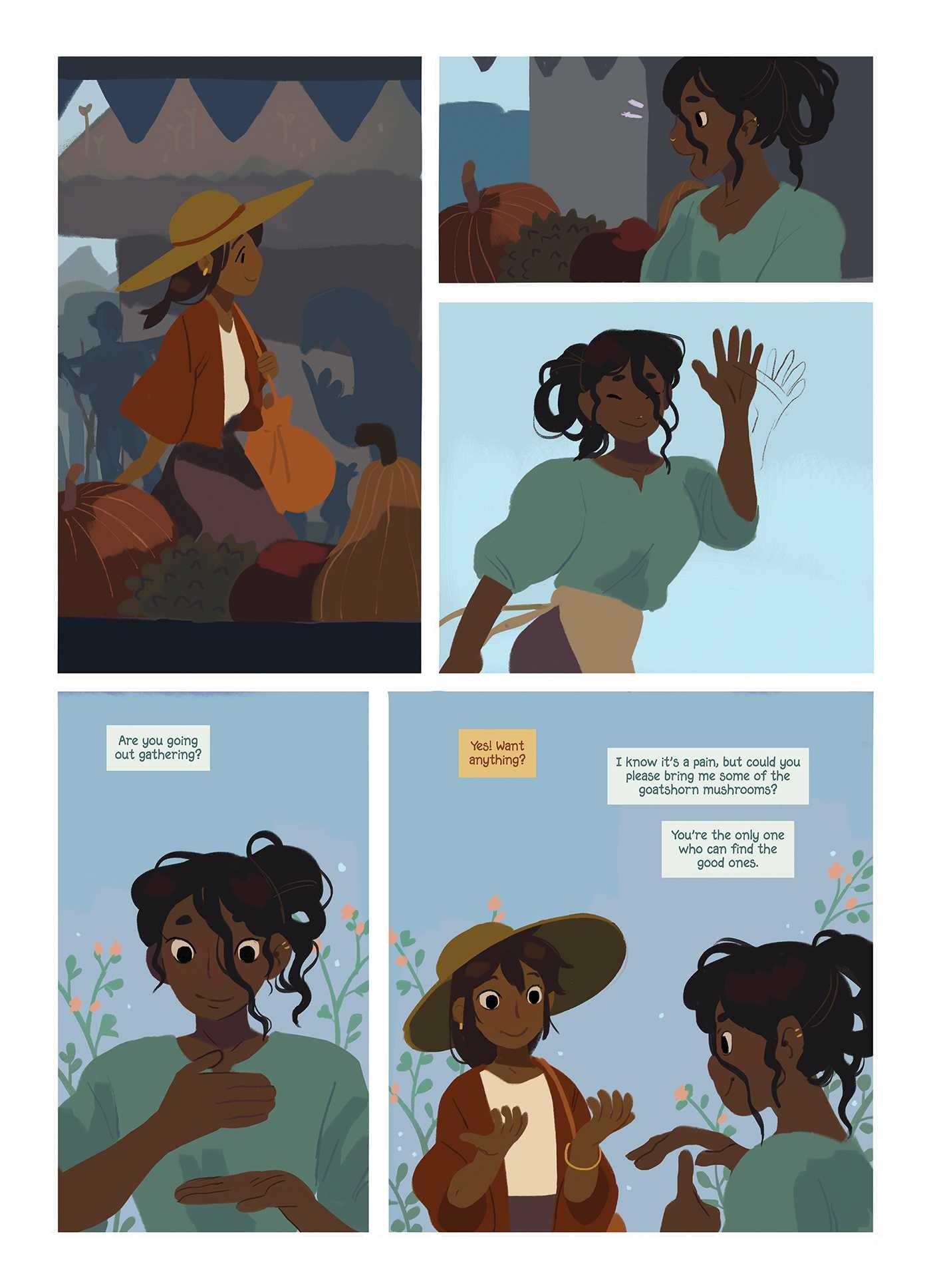
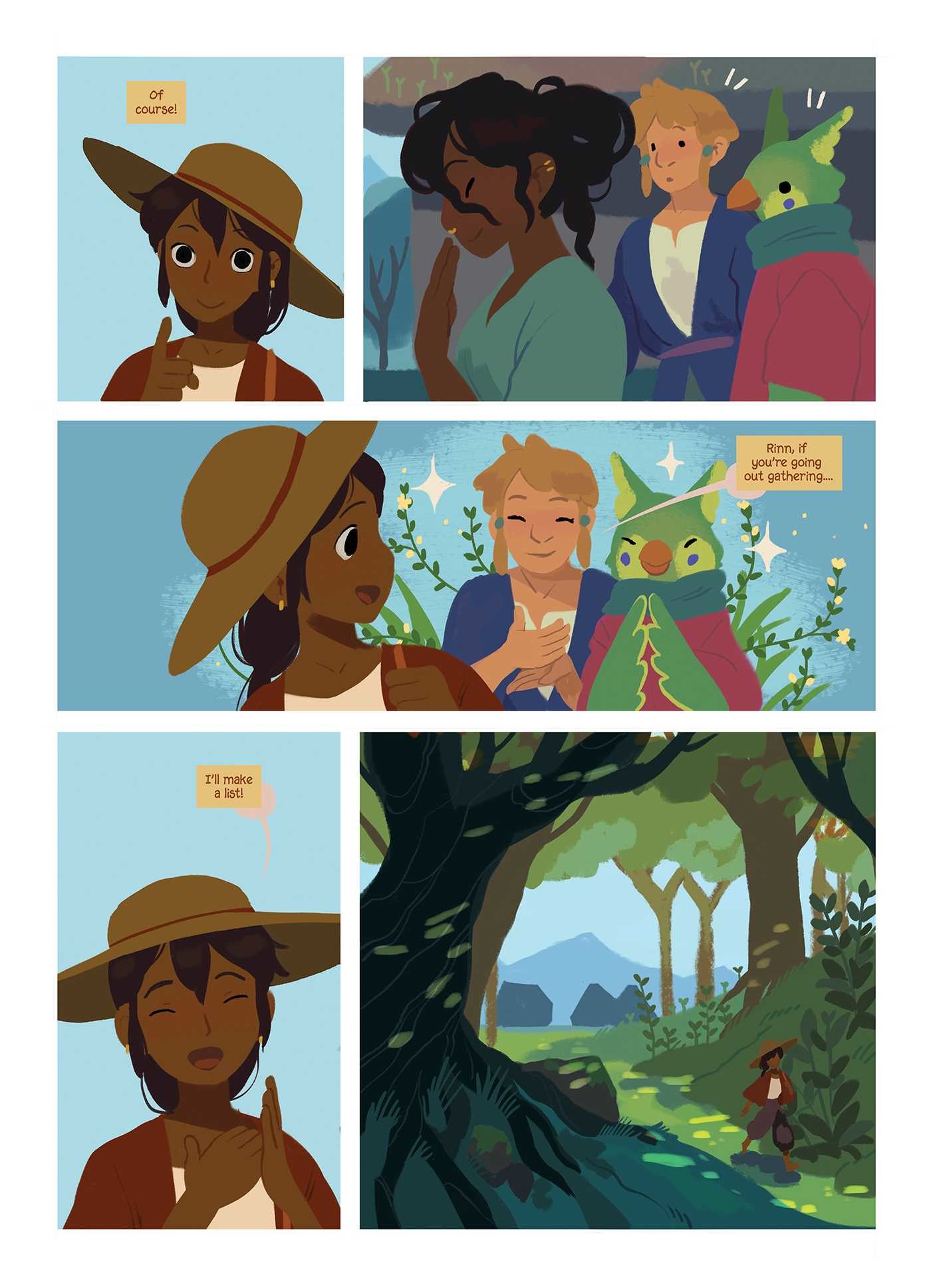
I asked Kay whether their style or approach would change if they were writing for adults. ‘I haven’t written for adults besides a few projects when I was in Uni, so I’m actually not sure how differently I’d approach the topics. Certainly while writing for children, a sense of hopefulness and love is essential to me, but honestly I’d say the same thing for adults too. Future-wise, the next few projects I have in mind have a slightly older audience than my previous work, and while I’m excited to delve into more complex characters and themes, that sense of hope is something I would never lose.’
For the time being, at least, Kay is staying with a younger audience. Their next book, Dewdrop, is set for release next year, is aimed at early readers. Dewdrop is an axolotl who helps his friends maintain a healthy attitude towards the upcoming sports fair. With its focus on friendship, community, mindfulness and cute sea creatures, Dewdrop looks like it’ll sit nicely in the body of work Kay is building.
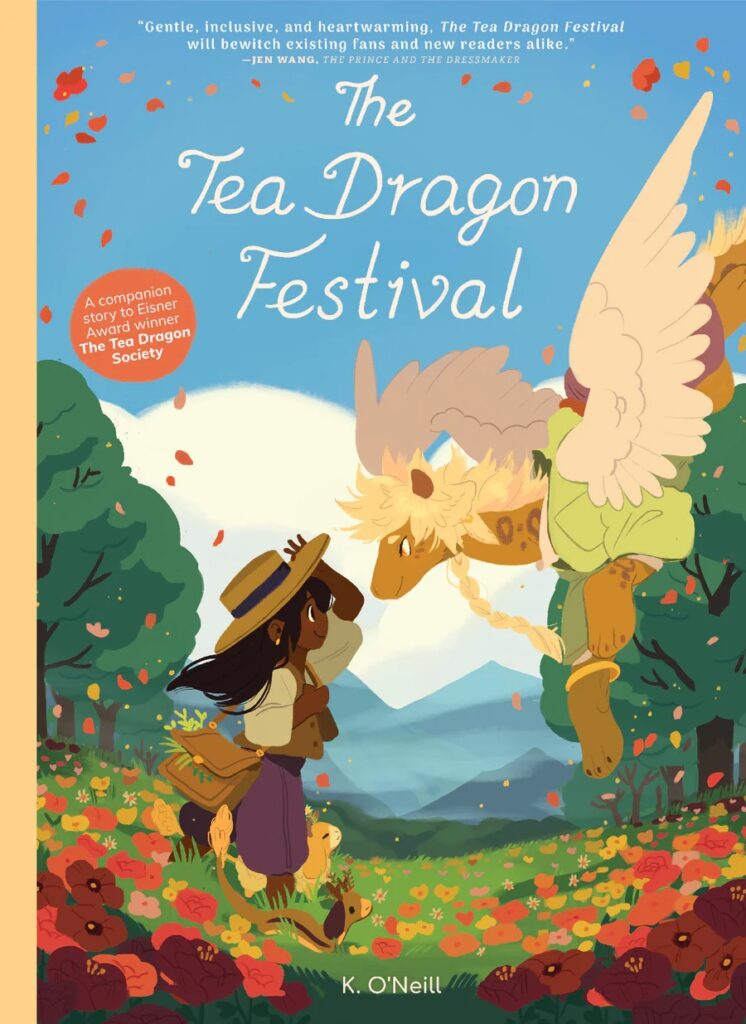

Eddie Monotone
Eddie Monotone is a cartoonist, illustrator and parent. He has been a part of the Kiwi comics scene for many years, publishing comics and cartoons both in print and online. When he’s not making comics he’s probably thinking about comics, and sharing those thoughts with anyone who’ll listen. www.edmocentral.com



